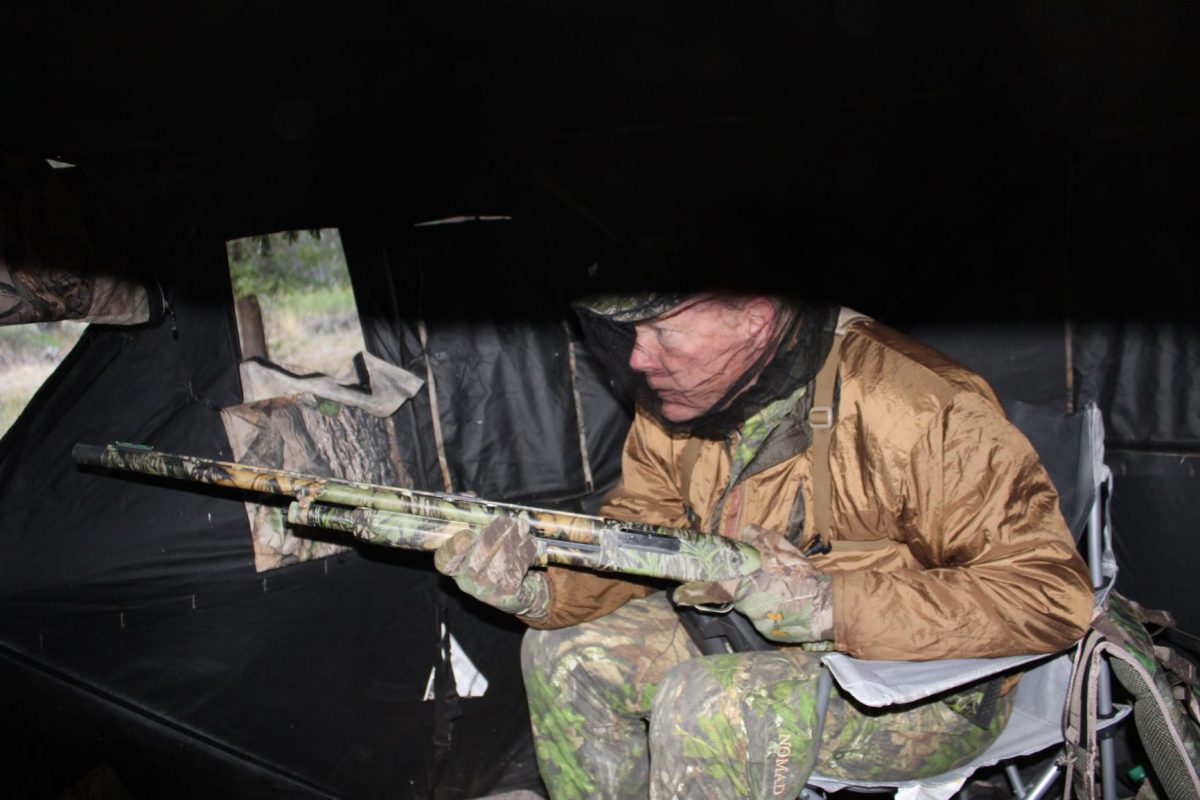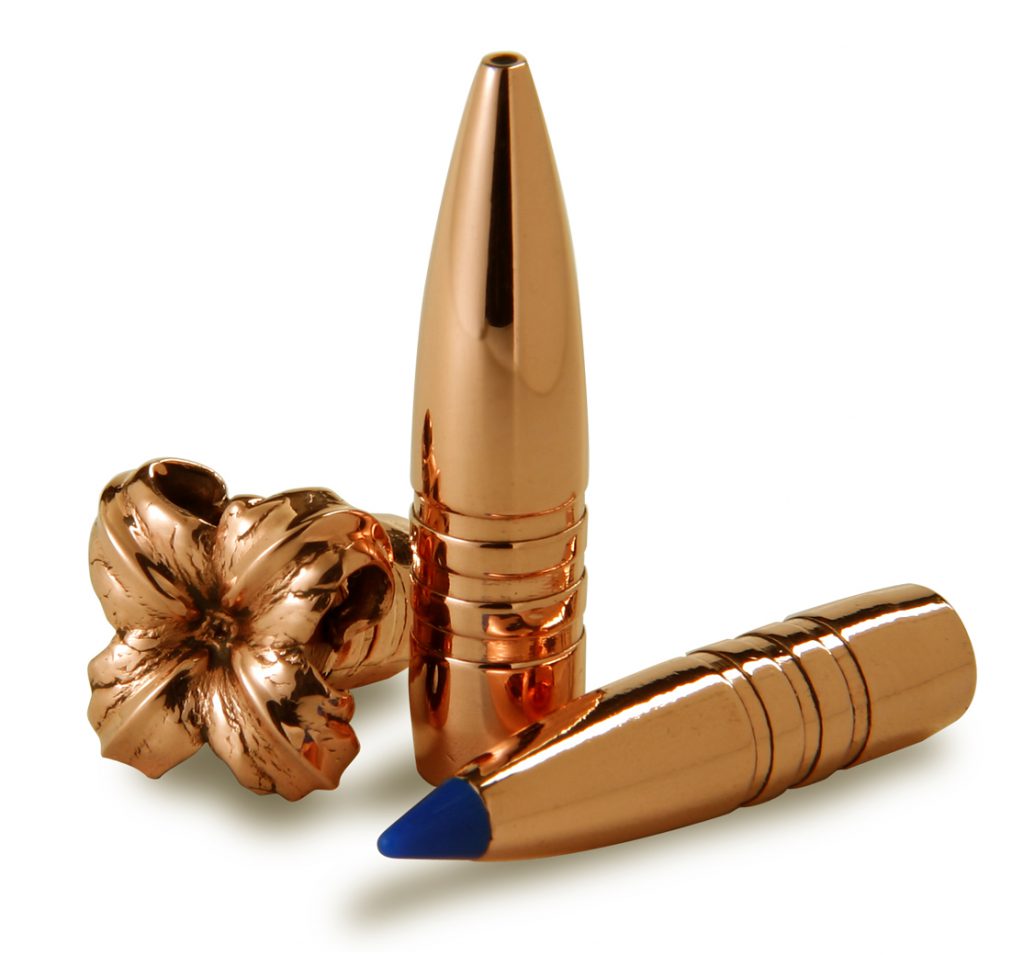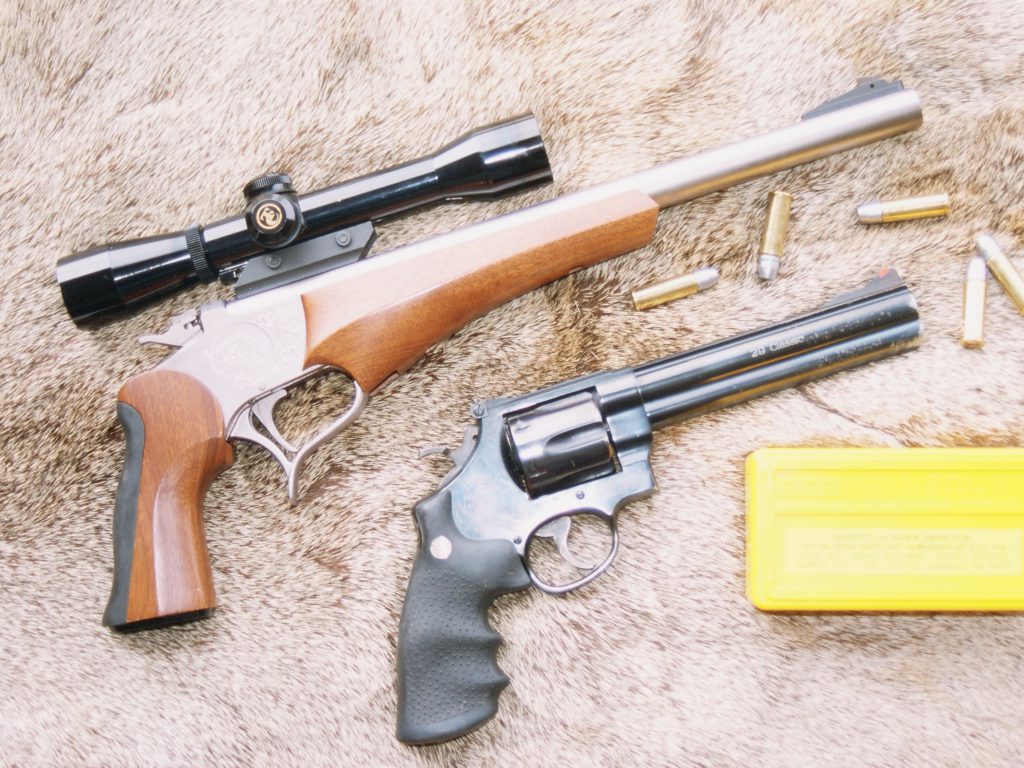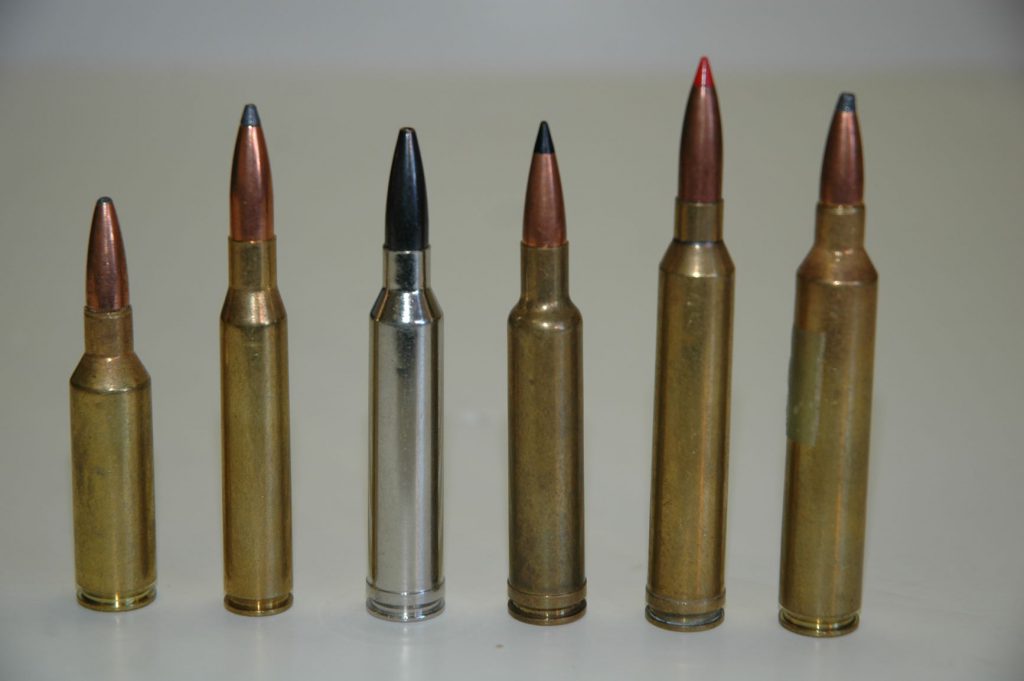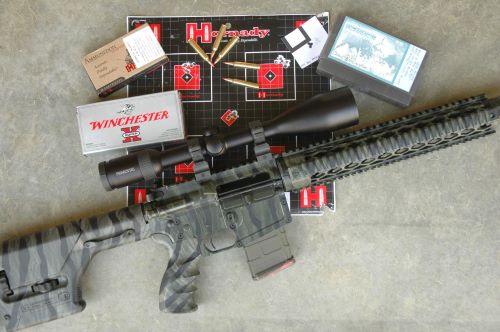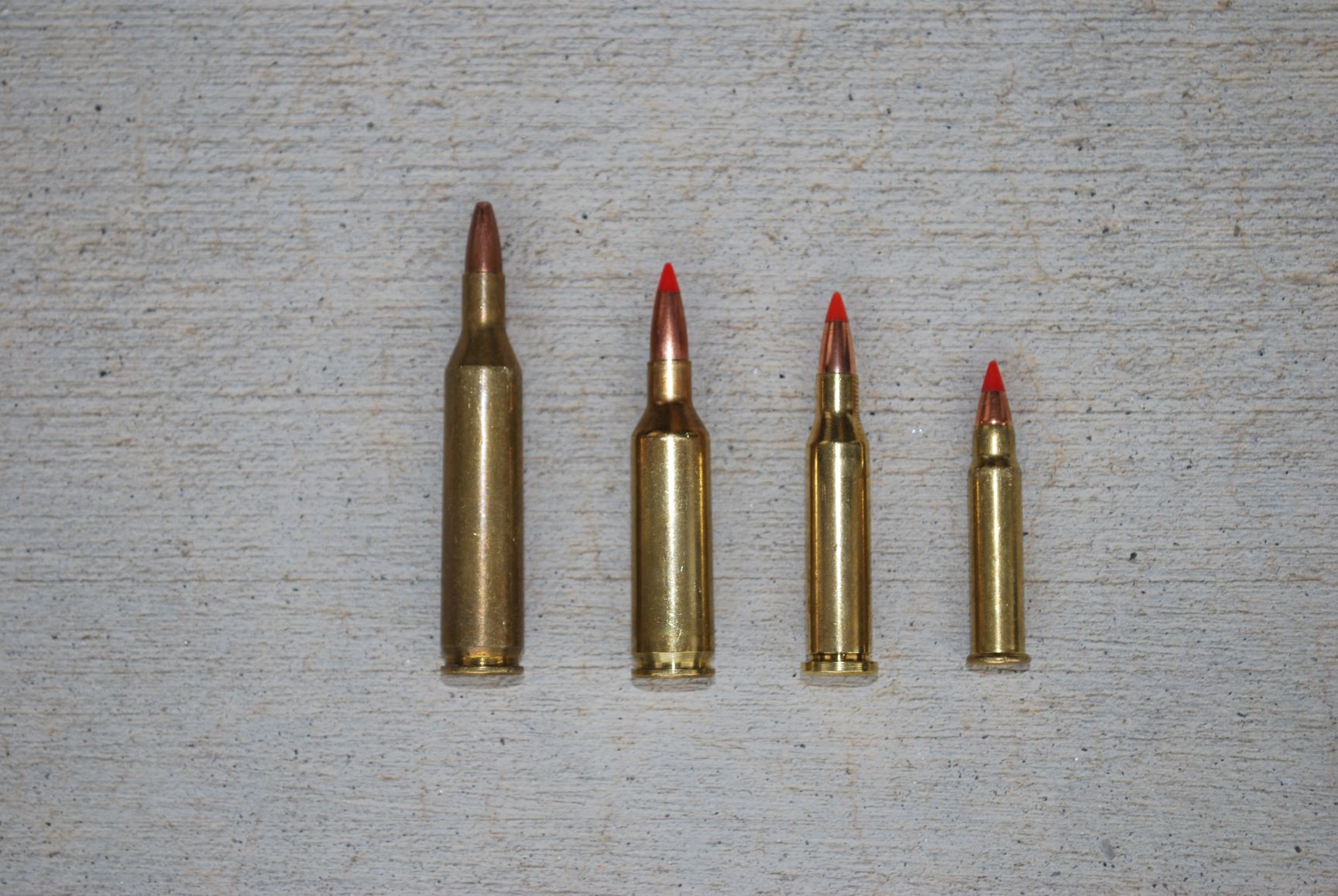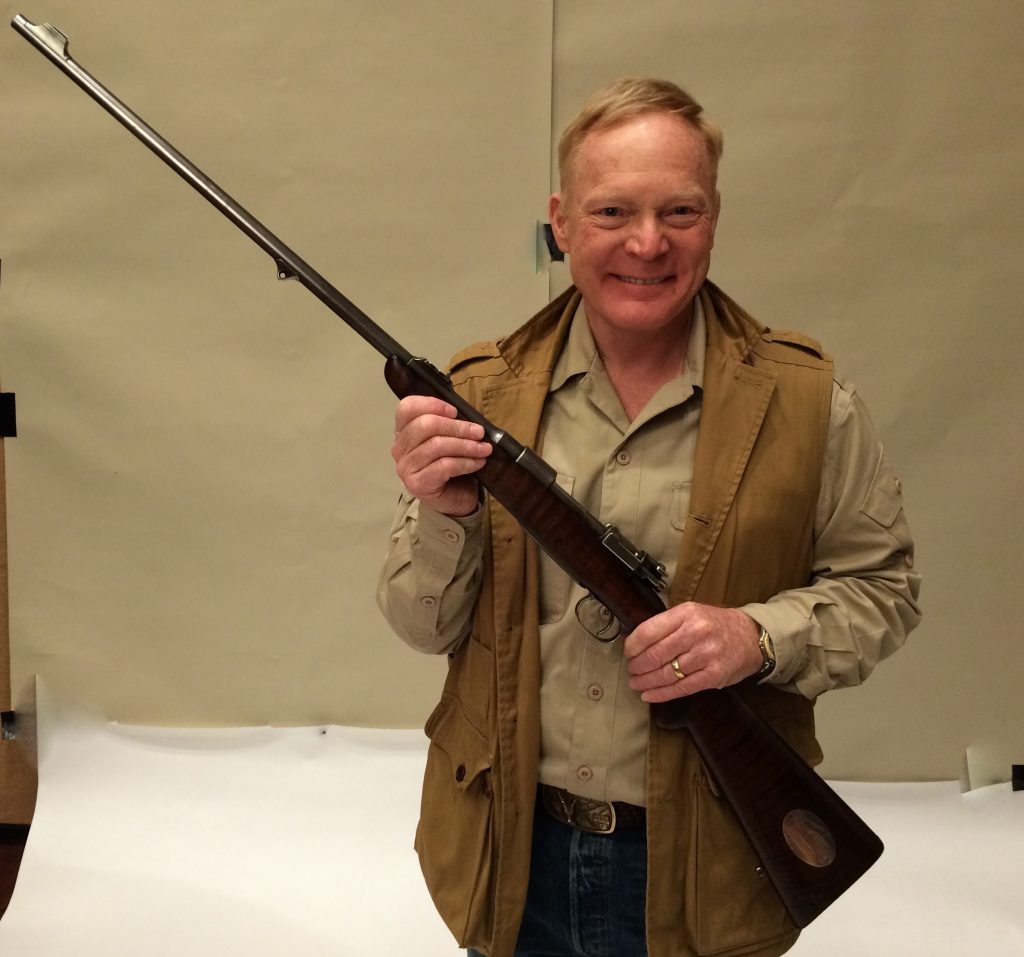Most upland and waterfowl seasons are over. Spring turkey season is coming up fast, so for many of us this is time to shop for a new turkey gun. Fine, but shotgunning is really about familiarity and fit (probably in that order). Turkey hunting is a bit different than most shotgunning because the birds are (more or less) stationary and you aim, but any time you invest in a new shotgun, it’s wise to also expend time and a bunch of shells in practice. Although they taste terrible, there are no bag limits on clay targets. Clays vary widely in speed, angle, and difficulty, but it really doesn’t matter if you shoot trap, skeet, sporting clays, or hand-thrown targets: Every clay you shoot at (and especially every target you hit!) will make you more effective with that new shotgun.
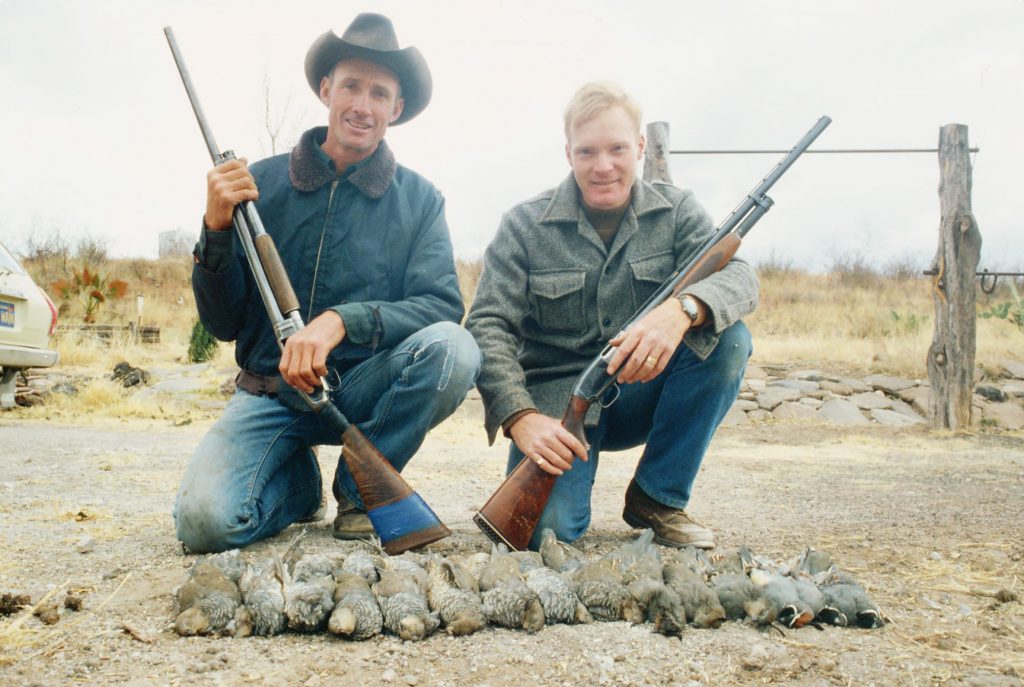
I am probably best-known as a “rifle guy,” not so much as a shotgunner, and definitely not a turkey hunter. The latter is valid: I hunt turkeys, but I am no turkey expert! Shotgunning in general is a slightly different story. The Kansas I grew up in had few deer and zero turkeys, but we had oceans of bobwhites and lots of pheasants.
Continue reading “IN PRAISE OF PUMP GUNS! By Craig Boddington”
